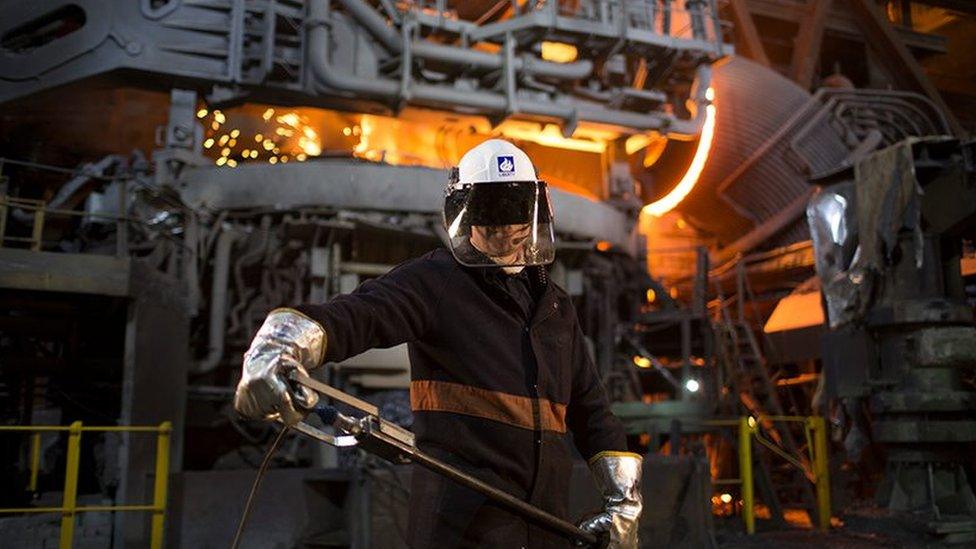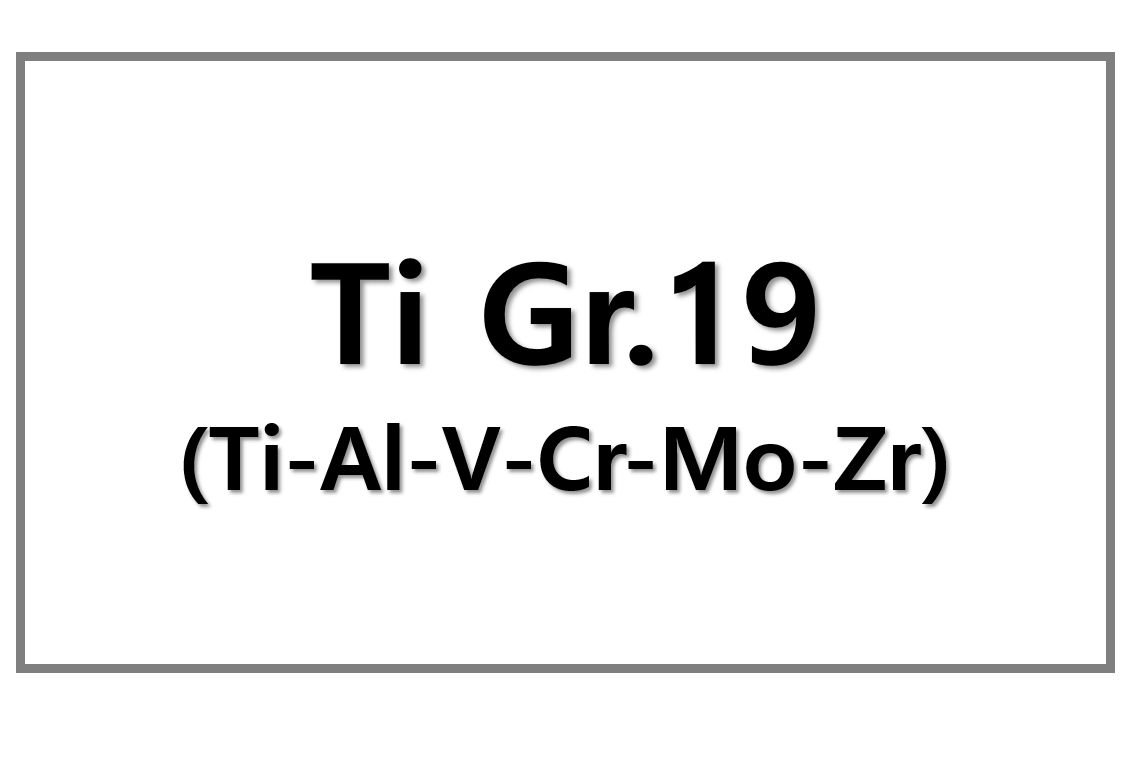
IoT Transforms Waste Management Operations
The integration of the Internet of Things (IoT) into waste management is revolutionizing global recycling systems. IoT uses interconnected sensors and devices to optimize processes, improve waste quality control, and promote sustainability. By collecting real-time data from waste collection to material recycling, IoT technology enhances operational efficiency, reduces waste, and helps meet environmental goals.
Optimizing Waste Collection and Segregation
IoT plays a crucial role in smart waste management, primarily by introducing smart waste bins equipped with sensors that monitor fill levels. These sensors enable waste management teams to collect waste only when necessary, reducing unnecessary collection trips, fuel consumption, and carbon emissions. Additionally, IoT systems enhance waste segregation by identifying different types of waste, ensuring appropriate sorting for recycling. This real-time monitoring allows cities to optimize collection schedules and resources, minimizing costs and environmental impact.
Improving Recycling Quality and Efficiency
IoT sensors embedded in recycling facilities ensure that recycling processes are more efficient. The sensors detect contaminants in waste streams in real-time, ensuring that materials meet industry standards. This improves the quality of recycled products, making them more competitive in the secondary market. IoT also enables predictive maintenance of recycling machinery. By monitoring equipment performance, IoT systems alert operators to potential issues, reducing downtime, extending machinery lifespan, and boosting overall productivity.
Empowering Consumers and Municipalities
IoT empowers both consumers and municipalities by providing real-time insights into recycling habits. Smart devices connected to apps give users immediate feedback on their recycling efforts, helping them improve. For municipalities, IoT data allows targeted campaigns to boost recycling rates in underperforming areas. This data-driven approach drives broader environmental improvements, engaging communities and enhancing sustainability efforts.
Challenges to IoT Adoption
While promising, IoT adoption in waste management faces challenges. The initial investment in infrastructure can be costly, especially for smaller municipalities. Additionally, IoT systems generate vast amounts of data, raising concerns about data security and privacy. Strong cybersecurity measures are essential to protect sensitive information. Moreover, integrating IoT with existing waste management infrastructure can be technically complex, particularly in regions with limited technical expertise.
Global Success Stories: IoT in Action
Cities like Copenhagen, Denmark, have successfully implemented IoT-enabled waste management systems. These systems monitor bin fill levels and optimize collection routes, reducing operational costs by 20% and lowering carbon footprints. Similarly, Singapore and Dubai have incorporated IoT into their smart city projects, using real-time waste data to allocate resources more efficiently and reduce waste generation. These cities set benchmarks for how IoT can drive sustainable urban development.
Future Trends: AI, Blockchain, and Smart Cities
Emerging technologies like artificial intelligence (AI) and blockchain will further enhance IoT systems in waste management. AI-powered algorithms will predict waste generation patterns and optimize recycling processes, while blockchain will ensure transparency and accountability in recycling operations. As smart cities grow, IoT will play a key role in achieving zero-waste goals by improving waste collection and recycling efficiency.
Conclusion: IoT Drives the Circular Economy
IoT is a game-changer in modern waste management. It optimizes operations, reduces environmental impact, and supports the transition to a circular economy, where waste becomes a valuable resource. Although challenges remain, IoT’s potential to improve recycling quality, reduce costs, and engage communities makes it a cornerstone for the future of waste management.











Leave a Reply
You must be logged in to post a comment.